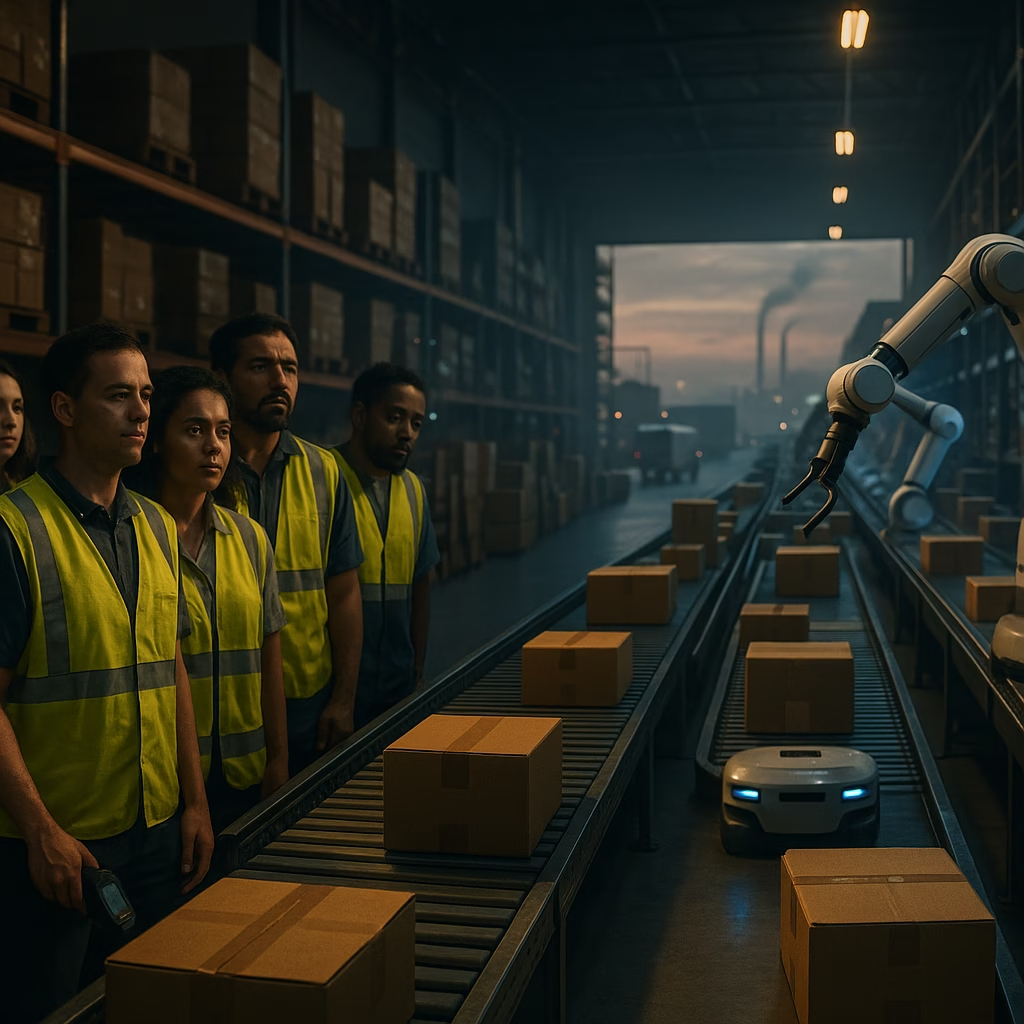LinkedIn CEO Says AI Writing Assistant Is Not As Popular As Expected
Understanding the Underwhelming Reception of LinkedIn’s AI Writing Assistant
In an era where **artificial intelligence tools are taking center stage**, LinkedIn’s recent revelation comes as a surprise to many. During a recent interview, LinkedIn CEO Ryan Roslansky shared that the company’s much-anticipated AI Writing Assistant has underperformed in terms of user adoption and engagement. Despite the increasing buzz around generative AI, LinkedIn’s foray into AI-generated content for professional communication is not resonating with users as anticipated.
So why is a tool, launched on the back of immense hype around AI-generated writing, struggling to gain traction? This article delves into the reasons behind the lukewarm performance, the future of AI tools on professional platforms like LinkedIn, and what this means for businesses and content professionals moving forward.
The Launch of LinkedIn’s AI Writing Assistant: Big Expectations
When LinkedIn announced the launch of its AI Writing Assistant in 2024, expectations were sky-high. Backed by Microsoft’s robust AI infrastructure and powered by OpenAI models, the tool was designed to:
- Help users craft compelling posts and articles
- Improve professional networking communication
- Generate summaries of lengthy job descriptions or resumes
- Save time and reduce the friction of content creation for job seekers, recruiters, and influencers
The timing seemed perfect. AI-based writing tools like ChatGPT and GrammarlyGO were seeing widespread adoption across industries. LinkedIn’s integration of AI directly into its core service offerings was touted as a game-changer for professionals.
So What Went Wrong?
Despite the innovation and seamless integration into LinkedIn’s UI, the AI Writing Assistant received a tepid response. Only a small fraction of LinkedIn’s colossal user base actually used the tool regularly. CEO Ryan Roslansky noted that, although interest in generative AI remains high, the specific use-cases offered by the Writing Assistant didn’t align well with the habits and needs of LinkedIn users.
Here are some potential reasons contributing to its underperformance:
1. Limited Customization and Tone Adaptation
Users have very specific ways in which they communicate on LinkedIn. Whether it’s a recruiter posting a job or a startup founder sharing a success story, **personal voice and authenticity** are key.
- AI-generated content can lack nuance and feel overly formal or robotic.
- Users complained about the posts feeling generic, and not aligned with their brand voice.
2. Professional Audience Prefers Human Touch
Unlike casual social media platforms, LinkedIn is used by professionals who are acutely aware of their personal brand. Many prefer to write their own content in order to maintain full control over tone, messaging, and impact.
- The perceived ‘cookie-cutter’ output from the assistant turned people off.
- Professionals could distinguish between genuine human posts and AI-authored content.
3. Unclear Value Proposition
Another issue lies in the communication of what the AI tool is supposed to do. While LinkedIn promoted it as a productivity enhancer, many users still questioned:
- When and where should I use this tool?
- Is it acceptable to use AI for something as personal as a job description, cover letter, or milestone achievement post?
Because of this ambiguity, users hesitated to rely on it. Instead, they stuck to writing their posts themselves or using third-party tools they were already familiar with.
Feedback from the LinkedIn Community
The platform hosts millions of professionals from industries ranging from finance to design, each with unique content creation needs. Feedback captured from users highlights key insights:
- Some found it useful for brainstorming, but not for final drafts.
- Others appreciated the initial suggestions, but ended up rewriting the entire post.
- Many noted they felt uncomfortable publishing something they didn’t fully write themselves.
This signals that while AI assistance in content creation is intriguing, users still prioritize **authentic, tailored communication** over efficiency.
What LinkedIn Plans to Do Next
CEO Ryan Roslansky acknowledged the AI assistant’s current shortcomings and emphasized that the company is learning from the rollout. LinkedIn is already testing updates to improve the assistant’s usefulness by incorporating better personalization and offering more relevant suggestions based on the user’s industry, role, and prior activity.
Some likely improvements that may be on the horizon:
- Deeper personalization aligned with user behavior
- Industry-specific tone modeling to capture professional jargon accurately
- Integration with user-generated content analytics to improve suggestions over time
Moreover, LinkedIn may look to better communicate the tool’s capabilities through tutorials, success stories, and guided examples to help users gain confidence in using AI effectively.
Lessons for Tech Companies Investing in AI
The journey of LinkedIn’s Writing Assistant serves as a valuable case study for any tech company looking to introduce AI-driven tools. Here are some critical takeaways:
- User education is key — Knowing how and when to use AI tools is half the battle.
- Authenticity still trumps automation — Especially on platforms where trust and professionalism matter.
- AI needs to complement, not replace, the user’s voice — A co-writing model may work better than full automation.
As AI becomes increasingly integrated into productivity platforms, striking the right balance between capability and human creativity remains essential.
Final Thoughts
The underwhelming performance of LinkedIn’s AI Writing Assistant highlights a core principle in product development: having cutting-edge technology isn’t enough if it doesn’t solve a real user problem effectively. While AI is undoubtedly transforming how we work and communicate, it must feel intuitive, empowering, and, most importantly, personal.
LinkedIn’s willingness to be transparent about the tool’s performance speaks to the company’s intent to adapt and learn. With further refinements and better user onboarding, the AI Writing Assistant might still find its place in the toolkit of professionals worldwide.
Until then, **authentic storytelling and human-centered narratives remain king** on LinkedIn — and perhaps rightfully so.
Want to stay ahead in the evolving world of AI-powered content?
Sign up for our newsletter for weekly insights, tips, updates, and analysis on emerging tech trends reshaping the professional landscape.< lang="en">







Leave a Reply